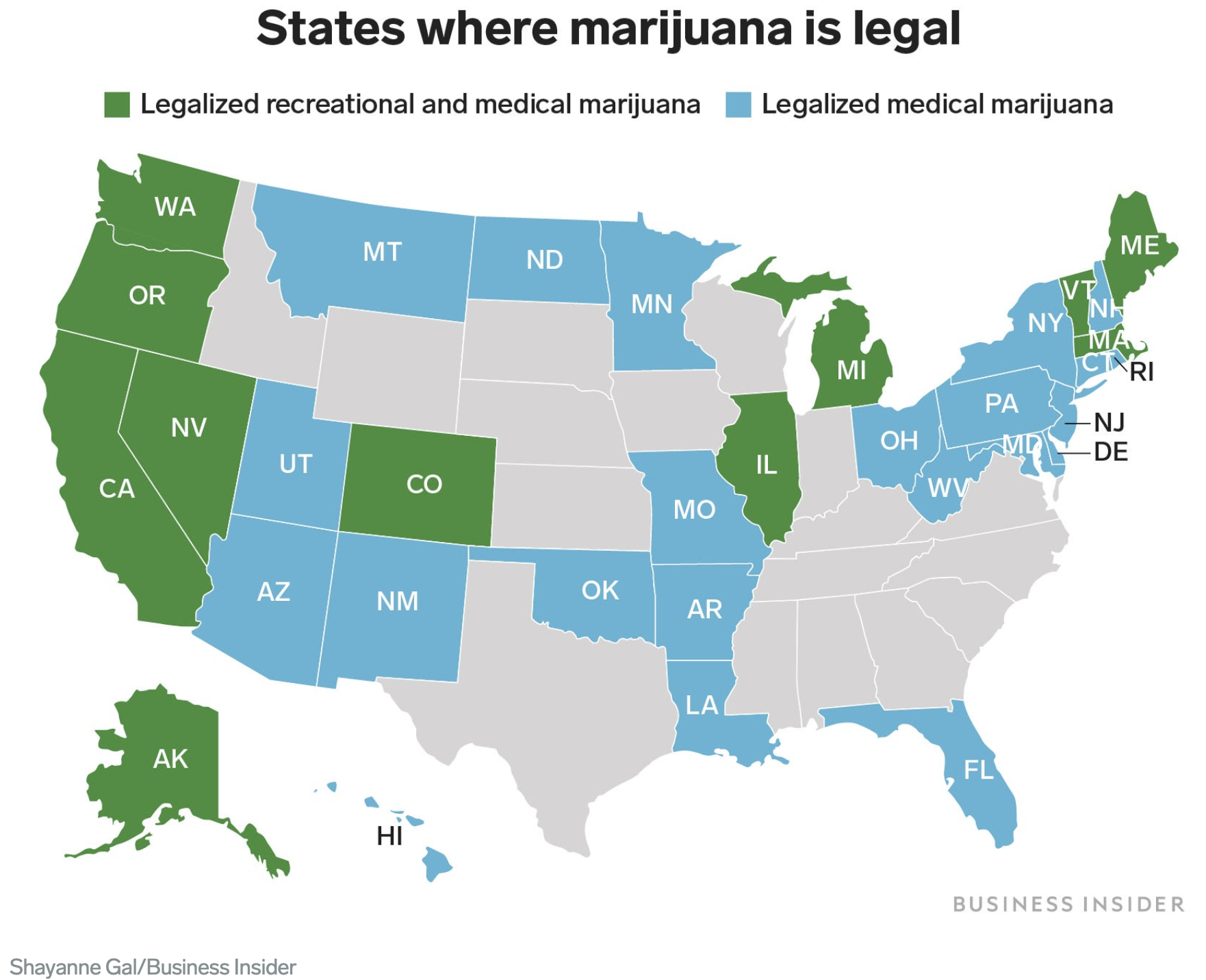
CCongratulations! You’ve decided to set up a third-party cannabis analytical lab. In this blog, I will describe five important things that I learned in setting up multiple labs and can help you avoid in your endeavor. There’s a plethora of information here so I will break this post down into easily digestible 3-part series.
Thing 1: It’s a solid one-year of work
Most people perform their research and do due diligence before going into any business to ascertain whether that business opportunity is ripe and stable. Cannabis is certainly that and more. Legalized marijuana is here to stay despite its standing classification as a Schedule 1 drug in the Controlled Substances Act, which includes drugs such as heroine, lysergic acid diethylamide (LSD), and 3,4-methylenedioxymethamphetamine (ecstasy)1. I could write a book on why this wrong, but I believe there are enough books out there addressing this calamity.
Back to why it is often a solid year of work before you have a fully operational lab.
First, you have to procure a suitable building in a suitable state with appropriate zoning. There are currently about 44 states which have some form of legalized cannabis use and more following suit shortly2. Finding a building in the appropriate state is generally not the issue, however, finding the right building and outfitting it properly is something most people take short cuts on. Consider that you will be installing greater than one million dollars’ worth of analytical instrumentation and each comes with certain power requirements and consumption rates. You cannot understate the power consumption of the required instruments, and most new labs find out the hard way when they run out of power and have to perform costly upgrades with potential downtime. Cannsultation helps guide you to setup your lab with calculated power requirements so that you can minimize costly surprises down the line.

After you acquire your lab space, you have to buy equipment, install the instruments, and begin method validations. Based on your respective state’s regulations, your validations have to meet certain criteria and be documented accordingly. Trust me, it is not just about performing validations, you will have to deal with some red tape with your state’s regulatory agency and their acceptance of your validation. Notwithstanding, there are ISO/IEC 17025 requirements to be met which often take almost a year to complete. ISO 17025 are a set of standards that allows labs to demonstrate competency while generating valid results that can be accepted around the world. For your quality system to function well, you will need a Quality Management System (QMS). Cannsultation provides and can help install an effective QMS in your lab whether you’ve been operating for some years or just starting. It is always best to install a QMS first as it serves to be a repository for all activities to be performed. A well-designed QMS system allows you to efficiently store/revise/train on SOPs, validations, methodologies, and more. Remember the regulatory red tape mentioned above? An effective QMS quickly saves you from all that headache.
Construction of the lab is very important. This is not just a warehouse; you are building an analytical lab which needs to include a microbiological lab with a space for PCR analysis. You have to consider your air flow, placement of equipment or even which vendor you want to conduct business with the understanding that vendor relationships are generally lifetime in the laboratory space. When it comes to the air conditioning, you cannot just apply the general rule of 20 BTU per square foot of living space; you have to consider heat dissipation of all your analytical instruments, your ceiling type/height, room size, and even number of staff to be working in each room. You will want to build a lab to maximize working space while minimizing instrument space based on footprint. You would be remiss to believe that an analytical lab construction is like any other building; I have not even begun to mention other necessities such as gas lines, generators, or retention/storage space. Taking time to plan out efficient process flows will save you considerable time and money in the long run as oppose to if you had to redo your space while running production in a fully operational lab.
There are numerous other considerations that can take up a year of solid work which I will not go into in this blog. Construction can take up to 6 months, equipment installation a few months, validation a few weeks if planned well, accreditation a few months, and before you know it, a year has passed if not efficiently planned. But luckily for you, our Cannsultants are here to help you at any stage of your cannabis analytical lab buildout. If we cannot do it, we know people who can!
On the next blog, we will discuss Things 2 and 3 which are that knowledgeable staff are hard to find, and cannabis is a horrible matrix, respectively. Things 4 and 5 will be forthcoming after that! Stay tuned…
References
https://www.dea.gov/drug-scheduling
https://www.businessinsider.com/legal-marijuana-states-2018-1
https://www.iso.org/ISO-IEC-17025-testing-and-calibration-laboratories.html

